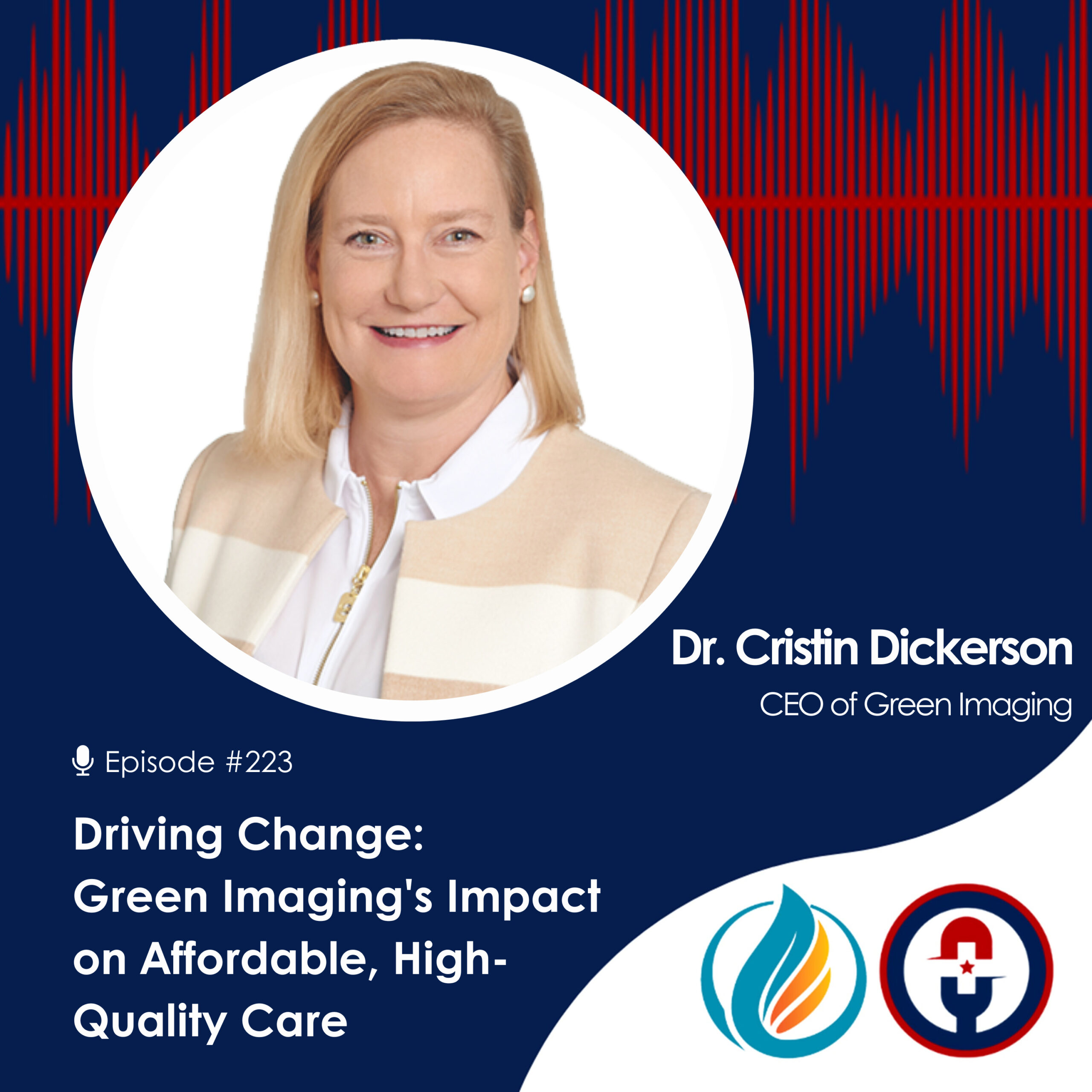Can The Free Market Save America’s Health Care?

Can the free market help raise a better health care system from the ashes of the old? Absolutely!
The principles of a free and fair market with transparent pricing and consumer access to the information they need to make informed decisions is the bedrock of the free world and a foundational aspiration of the United States of America.
How then can we apply these principles and core beliefs to the interminable and labyrinthian health care problem of our day?
How can we provide market-based solutions that provide consumers with world-class and world-leading healthcare (instead of world-lagging healthcare) without unduly burdening business owners in a country where 55% of health care is employer-sponsored?
How can we salvage quality affordable health care from the ruins of past attempts?
These are not easy questions to answer.
But one promising approach is to harness the power of free and fair markets. Can the free market help raise a better health care system from the ashes of the old? Absolutely.
Healthcare is a difficult, complex problem fraught with emotion. Human lives are at stake. But reintroducing the free market back into the complicated mess that is the healthcare marketplace today could bring clarity to the issue and a lot of other improvements, including lower prices, more innovation, and a return to healthcare rather than sick care.
Create Free and Fair Markets
“Free and fair” is the approach when it comes to imagining, creating, and executing a better healthcare market for both consumers and providers. It is important to note that “free and fair” does not mean a free-for-all where the various business interests and market factions can carve out dependencies of consumers as is currently the case.
Some may argue that today’s messy and complicated marketplace and health care system is the result of the free market. In fact, today’s health care arrangement is far from free and hardly fair.
Business monopolies abound in key healthcare sectors, such as the traditional health insurance market, the hospital sector, pharmaceuticals, and medical devices to name a few. There are few if any components of health care that aren’t dominated or at least threatened by competition-killing monopolies. The marketplace is not fair.
How can some insurance companies and many hospital systems being "not for profit" create a level playing field, especially when their "charitable contribution" is typically the write off between their intentionally astronomical chargemaster pricing and actual collections? This not for profit status also allows an unfair advantage in medical centers, especially those in heavy property tax states, enabling these hospitals to buy up the prime real estate without the same property tax burden as competing entities.
Existing government reimbursement for Medicare also distorts the marketplace by paying much more for the same service performed in a hospital in the form of a "facility fee" than that exact same service would cost in a non-hospital setting. Other payers follow suit with the result that the cost of care for a patient who sees a hospital employed or subsidized physician is 3 times that of the same care provided by an independent physician.
Additionally, the monopoly of the "BUCA plans" (BCBS, United Healthcare, Cigna, and Aetna and the contractual chokehold they have on their providing physicians has resulted in physicians having to spend 28% of revenue to collect 80% of the dollars they are contracted to receive from these companies.
Furthermore, payers such as the Federal and state governments only make matters worse by putting their fingers on the market scales, interfering with and altering natural market mechanics as they see fit. Ultimately, seemingly well-meaning interventions make the marketplace unfree by artificially injecting money inefficiently and arbitrarily into a failed health care system with the goal of propping it up.
The Role of the Government
The Affordable Care Act contains large government subsidies with market confounding regulations like capping insurance plans' profitability at a percentage of revenue, thus creating the perverted incentive for insurance plans to actually drive up rather than drive down health care spending. That’s the wrong approach. The government throwing money at the marketplace isn’t the solution and distorts the marketplace, making it less free and less fair.
Instead, government's ideal role should be to clear the log jams and obstacles that are blocking the free market. It ought to be the government’s job to help support, maintain, and build up a free market framework with clear and transparent rules that enable fair competition. That means closely examining the monopolies that have taken root and grown in various industries in the medical field today.
In today’s health care headache, competition is stifled, prices are unclear, and some relevant and essential information like contracted pricing and full and complete disclosure of how much and to whom commissions are paid are deliberately withheld from the public as “trade secrets”. In order for truly free and fair market conditions to exist, there must be three key ingredients: fair competition, transparent pricing, and full consumer access to relevant information.
3 Key Ingredients of a Free Market-Based Health Care Solution
1. Fair Competition
The best way to lower prices and make health care affordable without compromising care is to have real competition.
In an ideal world when businesses compete for customers, in this case, consumers seeking health care services, the successful ones are able to provide the best quality care at the best possible price. Consumers make their own, well-informed choices based on the evidence available, guiding money to businesses that truly earn it by providing an outstanding product or service.
2. Transparent Pricing
Pricing must be made clear and transparent for fair competition to occur. Currently, prices are obscured by insurance schemes, health care plans, negotiated rates, arbitrary chargemasters, and unclear pricing practices. Consumers need to know what they are paying for and how much it will cost up front to truly understand the value, or lack thereof, of the healthcare products and services they want and need.
3. Consumer Access to Information
For a truly free and fair market to exist, all information relevant to a medical product or health care service needs to be readily available, clear and legible and regulated to ensure accuracy.
As it turns out, there is a clear correlation between those people most vulnerable to health care access difficulties and a lack of available information. Patients already demand more sophisticated, convenient, transparent, affordable and personalized service. Instead of clutching on to information, including pricing and rates, information should be made available to the public for scrutiny. Ultimately, access to healthcare is built on a consumer’s ability to access information about what care is available, what standard of quality that care meets, and how much that care costs.
Saving Health Care
No matter who is paying the bill, the government or an employer or an individual, a free market approach is the best way to steer money and funds to the businesses and providers that provide the best care at the most competitive rates. For the free market to work, we need to clean it up. We need to eliminate or mitigate the barriers that have either been purposefully erected or have developed over time and become entrenched. These barriers to the free market, including health care monopolies and cartels, opaque pricing, government intervention, insurance middlemen, and more, need to be addressed.
The goal should be to allow natural market forces to run their course within a framework of our own compassionate design. What we need are free and fair markets to save America’s health care.
The Green Imaging Difference
Green Imaging provides a direct, uninhibited path from the supply (medical services, products, and drugs) to the demand (consumers and patients) thereby reducing costs.








